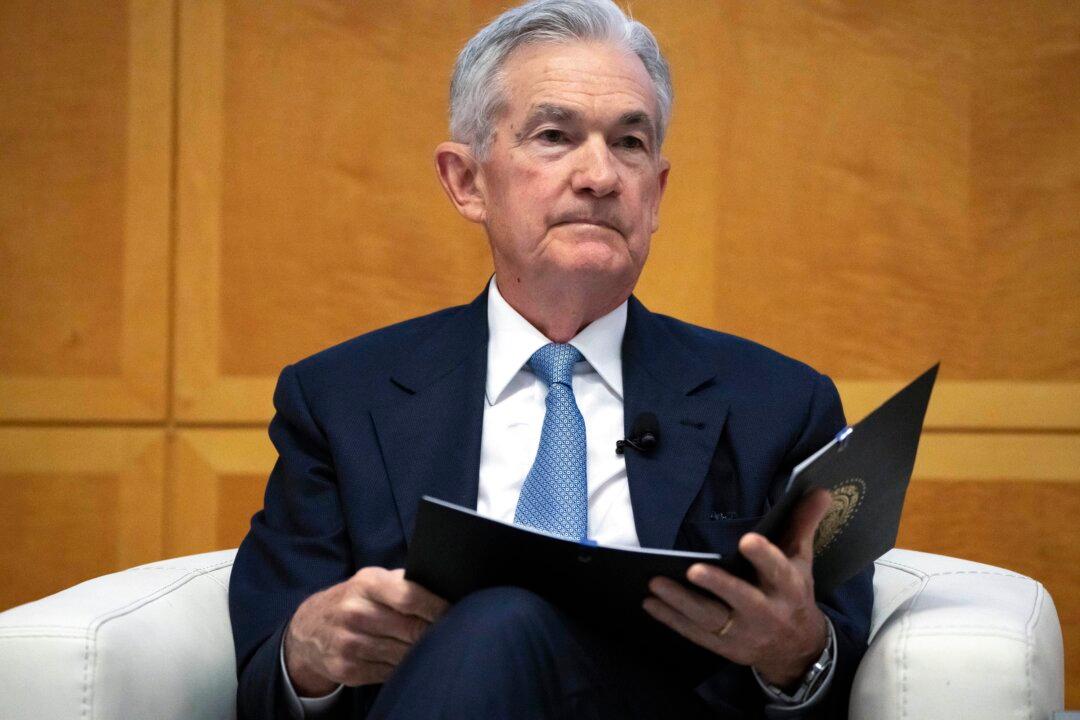Federal Reserve officials agreed at the December Federal Open Market Committee (FOMC) policy meeting that they will likely cut interest rates in 2024, according to minutes. However, rate-setting Committee members provided little information regarding the pace, timing, and size of rate adjustments.
The meeting summary alluded to immense uncertainty regarding how the rate cuts will happen if they occur at all.





